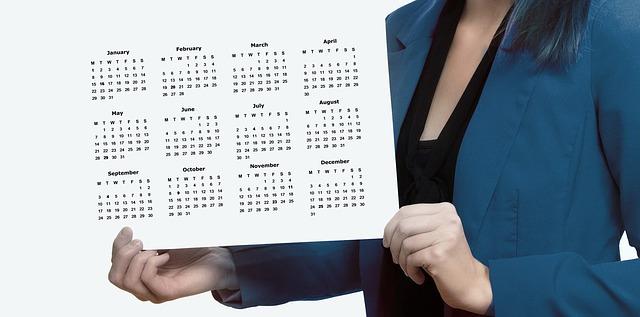Did I ever tell you about the fortuitous happenstance that taught me about the power of small gift fundraising? A few years ago I went to research something online. Not surprisingly, I ended up viewing the first entry Google gave me – which was on Wikipedia.
As luck would have it, and to my delight, I ran into an awesome fundraising campaign. [This is an occupational hazard with fundraisers. We actually like and admire things like pledge breaks when they’re done well!]
Here’s what I found superimposed at the top of the screen:
DEAR WIKIPEDIA READERS: To protect our independence, we’ll never run ads. We take no government funds. We survive on donations averaging about $15. Now is the time we ask. If everyone reading this right now gave $3, our fundraiser would be done within an hour. We’re a small non-profit with costs of a top 5 website: servers, staff and programs. If Wikipedia is useful to you, take one minute to keep it online and ad-free another year. Please help us forget fundraising and get back to Wikipedia. Thank you.
I was then given the option to make a one-time gift of $3, $5, $30 or $50, or a monthly gift of $10, $20, $100 or other.
It’s not all about major gifts for everyone.
The Wikipedia campaign serves as a great reminder. Even though many nonprofits survive by the grace of 3% of their donors providing 97% of their contributed income (or something closer to the 80/20 rule) there are indeed nonprofits that are exceptions to this rule
Details









